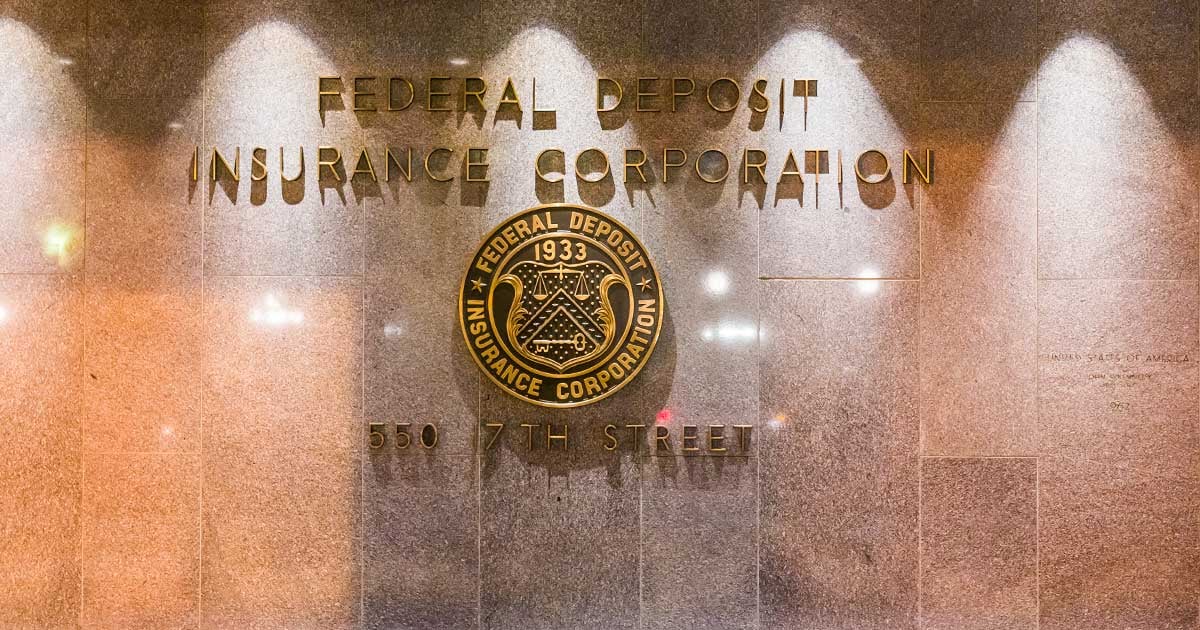
The Federal Deposit Insurance Corporation (FDIC) was established in 1933 in response to the Great Depression. Its purpose was to restore public confidence in the banking system by insuring deposits up to a certain amount.
Since its inception, the FDIC has been dedicated to protecting depositors and their funds in the event of a bank failure. It does this by selling off the failed bank's assets and using the proceeds to repay depositors up to the insured amount.
The FDIC's coverage limit is set at $250,000 per depositor, per bank, and per account ownership category. This means that if a bank fails and is unable to return its depositors’ funds, the FDIC will step in to cover the losses up to the insured amount.
By providing depositors with this safety net, the FDIC helps to promote financial stability and security in the banking system. This, in turn, encourages people to save and invest, which helps to stimulate the economy.
Overall, the FDIC has played a critical role in protecting depositors and promoting financial stability since its establishment in 1933.
What types of accounts are covered by FDIC insurance?
FDIC insurance covers a wide range of deposit accounts, including checking, savings, money market accounts, and certificates of deposit (CDs). It's important to note that the coverage limit is set at $250,000 per depositor, per bank and per account ownership category.
It's also worth noting that certain retirement accounts such as individual retirement accounts (IRAs) are eligible for separate coverage up to $250,000 per depositor.
It’s important to understand what types of accounts are eligible for FDIC coverage and ensure that your deposits do not exceed the coverage limits.
The FDIC has included a calculator on their website at https://edie.fdic.gov/calculator.html. This will allow you to calculate the insurance coverage of all types of deposit accounts offered by an FDIC-insured bank.
The benefits of having an FDIC-insured account
Having an FDIC-insured account comes with many benefits. One of the biggest benefits is peace of mind. Knowing that your deposits are insured up to the coverage limit can help you feel more secure about your finances.
Another benefit is the protection it provides against bank failures. While rare, bank failures can happen, and having an FDIC-insured account ensures that your deposits will be protected in case your bank or savings association fails.
FDIC insurance also provides a level of convenience for depositors. Since the agency covers a wide range of deposit accounts, including checking, savings, money market accounts, and CDs, depositors can easily find a variety of options to meet their financial needs all under one roof.
In addition to these benefits, FDIC insurance is also backed by the full faith and credit of the United States government. This means that even in times of economic uncertainty or crisis, depositors can rely on the government's commitment to protecting their deposits up to the coverage limit.
Overall, having an FDIC-insured account offers depositors peace of mind, protection against bank failures, convenience, and government-backed security.
How to determine if a bank is FDIC-insured
It’s important to know whether your bank or savings association is insured by the FDIC. Fortunately, it’s easy to find out if your bank is FDIC-insured.
First, look for the official FDIC sign at your bank or savings association. This sign indicates that your deposits are insured up to the coverage limit.
Second, you can use the FDIC's BankFind tool on their website. Simply enter the name of your bank or its location, and BankFind will provide you with information about your bank's insurance status.
Third, you can call the FDIC directly at 1-877-ASK-FDIC (1-877-275-3342) to verify whether your bank is insured.
It’s important to note that some banks may have multiple divisions or branches that are not all FDIC-insured. To ensure that all of your accounts are protected by FDIC insurance, make sure each division or branch has its own separate FDIC insurance coverage.

